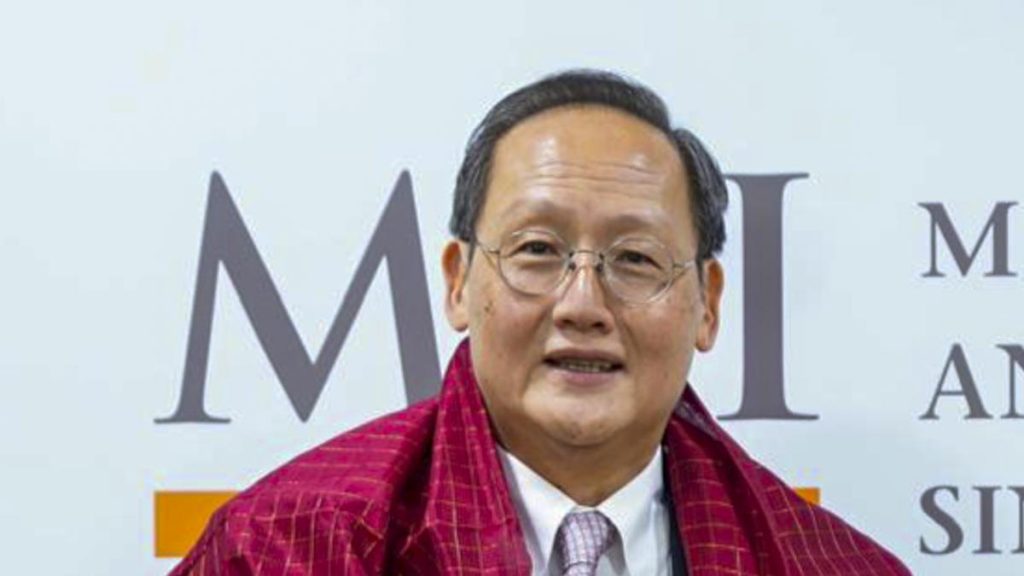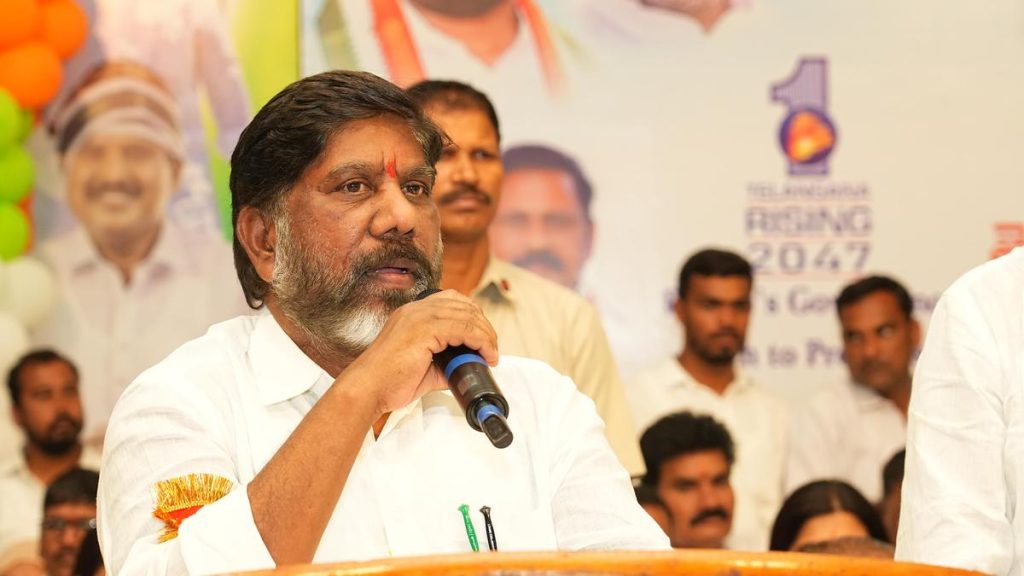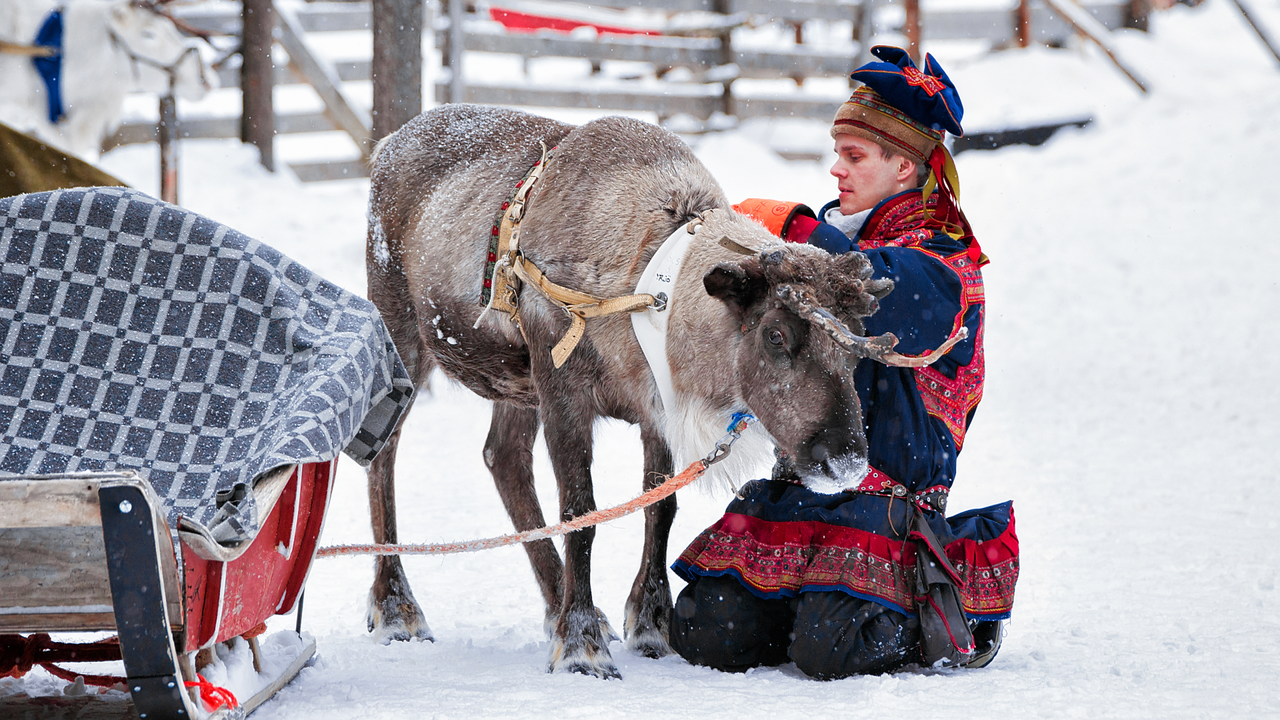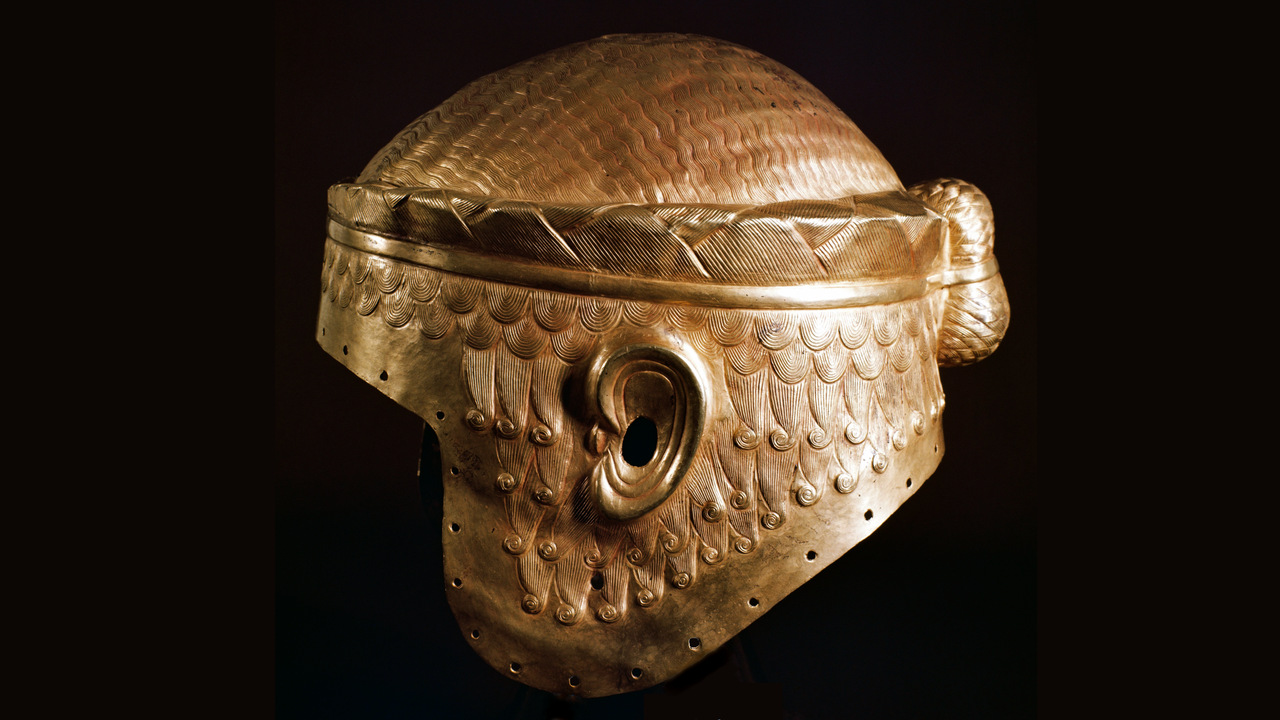Now Reading: Rome After the Empire: What Came Next?
-
01
Rome After the Empire: What Came Next?
Rome After the Empire: What Came Next?

Swift Summary
- The Western roman Empire ended in A.D. 476, but Rome persisted although severely impacted by war and population decline.
- Rome faced multiple invasions and power struggles post-collapse, including a brief abandonment reported in historical texts.
- Power shifted from Odoacer to Theodoric of the Ostrogoths (A.D. 493-526), who maintained public services and monuments in Rome.
- Internal conflicts during this period included disputed papal elections (501-507) leading to street violence and antisemitic riots throughout Italy.
- Byzantine emperor Justinian I lead an invasion of Italy beginning in A.D. 535; control over Rome alternated between his forces and the Ostrogoths several times before final Byzantine capture in A.D. 554.
- By the late sixth century, RomeS population had shrunk drastically due to wars, slavery, natural disasters, famine, climate shifts causing global cooling, outbreaks of bubonic plague, and destabilized governance-falling from about 1 million residents in the fourth century to below 80,000.
Images Included:
- The Temple of Saturn at the Roman Forum (historic remnants).
- Illustration depicting King Theodoric’s reign over parts of Italy after defeating Odoacer’s forces.
- Detailed mosaic showing Emperor Justinian I during his campaign for reclaiming control over key Italian regions.
Indian Opinion Analysis
The history following the fall of the Western Roman Empire provides insights into socioeconomic resilience amidst political upheaval-a theme relevant globally today. For India specifically-a civilizations-rich nation with historical experience spanning invasions-Rome serves as a case study for urban centers enduring prolonged instability due to external incursions or internal discord.Rome’s fate highlights how governance issues compounded by natural calamities can rapidly shrink populations while undermining societal structures-lessons that resonate with India’s diverse climatic challenges and growing urbanization pressures.
Moreover, events such as papal schisms reflect how disputes over leadership can led not just to political stalemate but also public disruptions-a reminder for modern democracies like India on maintaining robust mechanisms for resolving political differences peacefully.
Lastly, despite its setbacks during antiquity via wars or health crises (bubonic plagues analogous perhaps even now post-COVID-era concerns globally)-Rome demonstrated adaptability driven primarily by cultural continuity through religion’s central role housed later Vatican City parallels uniquely thriving Delhi’s depth beyond state-related aspects often built rich volume traditions around its Old cultures-leading settlements rooted honesty psychological frameworks logos/views.layers’dynamicslexicon signs

























